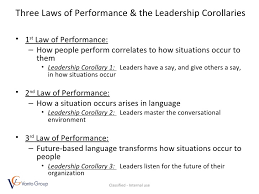My writing journey started more than 30 years ago as I have always been fond of writing short articles on varied subjects. The writing journey on blogs started in 2009 when I started writing in my friend Sathyamurthy's website. Some of my early articles in that site were quite popular and to name a few Typewriter; Housewife the best Manager; Ocean Receding Day have each seen more than 5000 visits by readers of the blog.
In October 2010 I started my own blog TP Talks and it has been a wonderful journey of more than 7 years with lots of ups and downs. There have been times when I have written frequently and there are also times like the last couple of years when I frequency has reduced drastically. In 2012 I wrote 120 articles in the blog while I have written only 9 articles so far in this year.
My focus is now shifting into writing books and I am happy to see my first venture as a co-author get published. The Background Material on UAE VAT has been published by the Institute of Chartered Accountants of India on 25th September 2017. I am one of the co-author of this publication and it was a real proud moment.
The First Book in which I am the author was published in October 2017 from Singapore by Partridge Publishing House. This is called Thought Provoking and it is a collection of 54 articles written by me over the last seven years in my blog. This is the idea of my younger son Akshay and his wife Aishwarya. They released this book on my behalf with a collection of 54 articles as I was born in 1963 and since the book is being published in 2017 they thought of this idea.
This book is available in Partridge Publishing, Singapore and is also available in Amazon Online store.
The book is available as e-book as well as hard copy in the Publisher's site as well as through Amazon.
I am now working on the next book which will be published very soon on Indirect Tax Laws in UAE.
Your continued support and encouragement will help me make substantial progress in this journey as "writing is a life-long journey".
T.P.Anand
Dubai, U.A.E.
29th October 2017













































